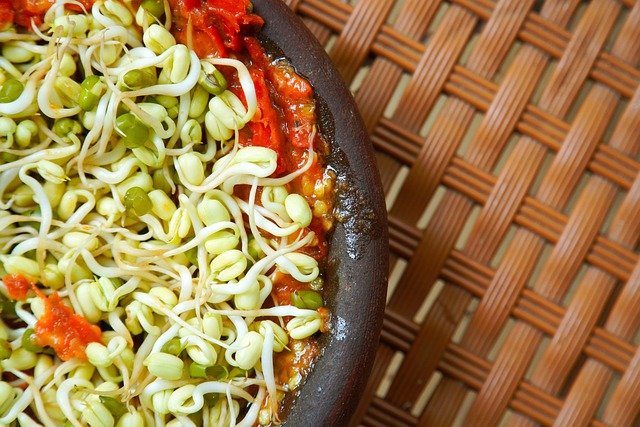Umami Alchemy: Crafting Savory Sensations Beyond Basics
Dive into the captivating world of umami, where savory flavors reign supreme. This article explores innovative techniques to elevate your culinary creations by harnessing the power of umami-rich ingredients. From unexpected pairings to cutting-edge flavor enhancers, prepare to transform your dishes into unforgettable taste experiences.

Beyond MSG: Natural Umami Boosters
While monosodium glutamate (MSG) has long been associated with umami, there’s a world of natural ingredients waiting to be explored. Kombu, a type of edible kelp, is a powerhouse of glutamates and can infuse broths and stews with intense umami flavor. Dried shiitake mushrooms, rich in guanylates, offer a earthy depth to vegetarian dishes. Anchovies, packed with inosinates, can add a subtle savory note to sauces without imparting fishiness. By combining these natural umami sources, chefs can create a symphony of savory flavors that tantalize the taste buds and leave diners craving more.
Umami Synergy: Unexpected Flavor Pairings
The true art of umami alchemy lies in unexpected pairings that create flavor explosions. Consider the combination of miso and dark chocolate in a rich, savory-sweet dessert. Or the marriage of sun-dried tomatoes and nutritional yeast in a vegan “Parmesan” sprinkle. Even something as simple as adding a splash of soy sauce to caramel can elevate it to new heights of complexity. These unconventional pairings not only showcase the versatility of umami but also challenge our preconceptions about flavor combinations, opening up a world of culinary possibilities.
Fermentation: The Umami Time Machine
Fermentation is a time-honored technique for developing umami flavors, and modern chefs are pushing the boundaries of what’s possible. Black garlic, created through a controlled fermentation process, transforms ordinary garlic into a complex, molasses-like ingredient bursting with umami. Koji, a fermentation culture used in Japanese cuisine, can be applied to various ingredients to create unique flavor profiles. Experimenting with fermented ingredients like miso, shoyu, and fish sauce can add layers of depth to dishes, creating a rich tapestry of savory notes that evolve on the palate.
Umami in Plant-Based Cuisine
As plant-based diets gain popularity, chefs are finding innovative ways to incorporate umami into vegan and vegetarian dishes. Nutritional yeast, with its cheesy flavor profile, has become a staple in many plant-based kitchens. Seaweed-based seasonings offer a mineral-rich umami boost without animal products. Even humble vegetables like tomatoes and mushrooms can be transformed into umami powerhouses through roasting, dehydrating, or slow-cooking techniques. By focusing on these plant-based umami sources, chefs can create satisfying, complex dishes that appeal to all palates, regardless of dietary preferences.
Umami Tips & Facts
-
Umami receptors are most sensitive to glutamates, inosinates, and guanylates
-
The umami taste can be enhanced by salt and slightly suppressed by sugar
-
Aged cheeses like Parmesan contain high levels of naturally occurring MSG
-
Umami can help reduce sodium intake by enhancing perceived saltiness
-
The umami taste develops in breast milk, making it one of our earliest flavor experiences
-
Slow-cooking and braising techniques can increase the umami content of meats
Conclusion
Umami alchemy is an exciting frontier in culinary innovation, offering endless possibilities for creating memorable, crave-worthy dishes. By understanding the science behind umami and experimenting with unexpected ingredients and techniques, chefs and home cooks alike can elevate their culinary creations to new heights. As we continue to explore the depths of this fifth taste, we unlock a world of flavor that tantalizes, satisfies, and keeps us coming back for more. Embrace the power of umami in your kitchen, and prepare to transform your cooking into an unforgettable sensory experience.





